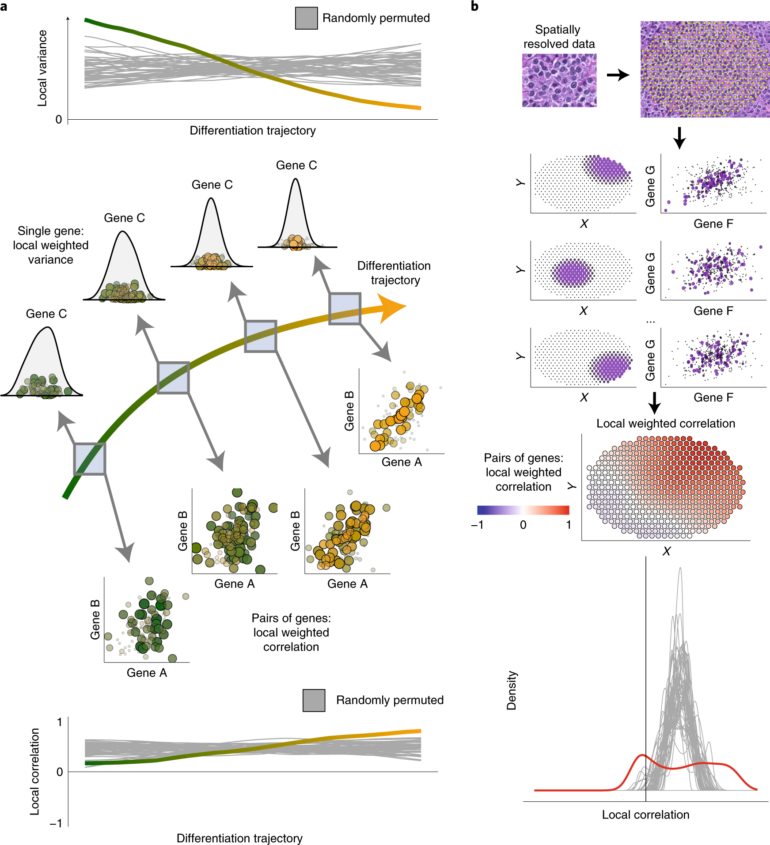Networks, which include nodes and connections, can help researchers model dynamic systems like the spread of disease or how the brain processes information.
Pairwise interactions between nodes can represent links between individuals—how two neurons connect with one another in the brain, for example—but scientists also study interactions involving three or more nodes. These higher-order interactions reveal changes and phenomena beyond those found by looking only at pairs.
Yuanzhao Zhang, an SFI Complexity Postdoctoral Fellow, has studied how higher-order interactions affect a system at small scales. In new work published in Science Advances, he reports on how higher-order interactions can reshape a system at larger, even global scales. “We wanted to know how they change the entire landscape,” he says.
Zhang and his colleagues found that higher-order interactions can lead to deeper “basins of attraction,” which are collections of starting points that end up at the same state as the system moves forward in time. If the system were a pendulum, the lowest point is an attractor, and every possible starting point is in the basin of attraction because they all eventually converge there.
If the system were a brain working through a complicated math problem, then the thought processes that lead to a solution—hopefully the correct one—are in the basin of attraction. A deeper basin means that the solutions are more stable—that is, starting points get to the bottom faster or more quickly recover from small perturbations.
Surprisingly, though, Zhang and his group found that even though the basins get deeper, they become narrower. What starting points do end up in the basin get there faster, but overall, fewer starting points lead to the bottom.
“If we start from a random point in the landscape, somehow we never reach [the basins of attraction],” Zhang says. Higher-order interactions introduce a kind of nonlinearity that hasn’t been well-studied.
The group found this behavior by testing a specific class of networks, but Zhang hypothesizes that shrinking and deepening the basins is a more universal phenomenon among dynamic systems—and that higher-order interactions can lead to the formation of new basins.
“Once you introduce them, many new attractors that didn’t exist before would appear,” he says.
The new work may be useful in probing complex interactions in real-world systems. “We want those deeper but smaller basins,” Zhang says.
Smaller basins would allow a brain to easily jump between different states to complete a complex task. Deeper basins allow a friend in a conversation—or a person reading an SFI article online—to keep their train of thought if they get momentarily distracted.
“This stability allows the brain to recover faster from those small perturbations,” Zhang says.
More information:
Yuanzhao Zhang et al, Deeper but smaller: Higher-order interactions increase linear stability but shrink basins, Science Advances (2024). DOI: 10.1126/sciadv.ado8049. www.science.org/doi/10.1126/sciadv.ado8049
Provided by
Santa Fe Institute
Citation:
How higher-order interactions can remodel the landscape of complex systems (2024, October 2)



